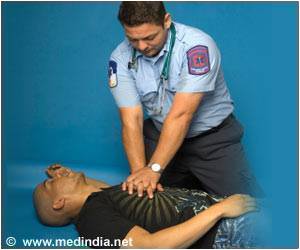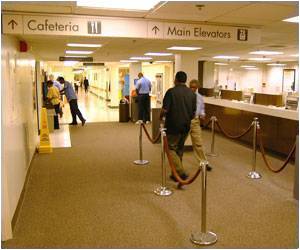Children living in non-redeveloped public housing in San Francisco are 39 percent more likely to repeatedly visit emergency rooms, according to new research from UC San Francisco and UC Berkeley.

The paper, San Francisco Children Living In Redeveloped Public Housing Used Acute Services Less Than Children in Older Public Housing, will be published in the December issue of the journal Health Affairs.
The researchers looked at the number of children under age 18 with public insurance who sought emergency care from any of three large San Francisco medical systems including San Francisco General Hospital, UCSF Medical Center and Sutter Health, and linked that information to whether they lived in non-redeveloped public housing, redeveloped HOPE VI public housing, or nonpublic housing the same neighborhood as public housing.
HOPE VI is an initiative by the United States Department of Housing and Urban Development to revitalize the worst public housing projects in the United States into mixed-income developments.
From 1998 to 2006, the San Francisco Housing Authority revitalized five obsolete public housing sites with 1,149 units of new public and affordable housing with 2,607 bedrooms. Eight more sites are planned under the City's HOPE SF Program.
"Low-income children living in redeveloped HOPE IV public housing were less likely to have repeat visits to the emergency room than their peers living in older public housing," said Adler. "This suggests that investing in physical infrastructure may not only provide better housing but also foster better health among children and reduce spending on acute care services."
"It could be that renovated environments have fewer toxins and allergens like lead and mold, or fewer injury-inducing hazards, or that there are more social services," said lead author Ellen Kersten, a PhD candidate in the UC Berkeley Department of Environmental Science, Policy and Management. "We are currently doing more in-depth analysis of the diagnosis codes assigned to children at the time of their hospital visits to understand if and how children's health conditions differ by housing type."
 MEDINDIA
MEDINDIA




 Email
Email









